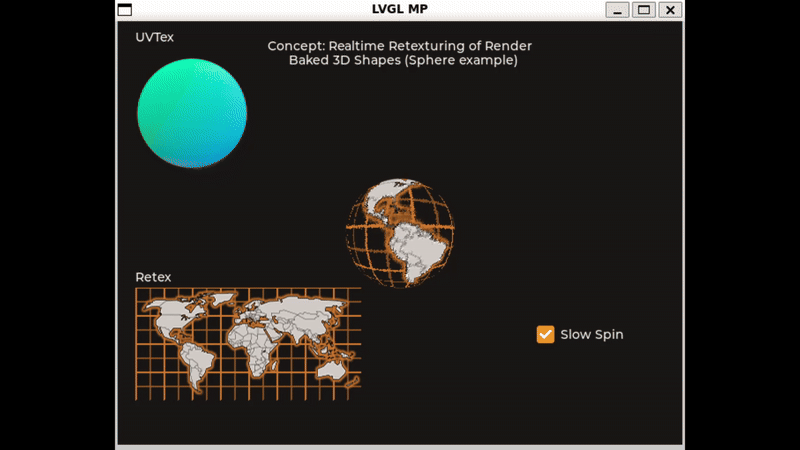Hey Guys,
I’m excited to share that we are extending our team with these two new positions. Of course, in both cases it’s a huge plus, if you are already an LVGL contributor. ![]()
Project Maintainer
As a Project Maintainer, you will play a crucial role in steering the direction of the LVGL library. Your responsibilities will include managing the project’s roadmap, overseeing contributions, and ensuring the library remains cutting-edge and user-friendly. If you have a strong background in software project management, a passion for open-source projects, and excellent communication skills, we want to hear from you! Learn more here.
OpenGL Expert
We are also seeking an OpenGL Expert to enrich our team’s expertise in advanced graphics rendering techniques. This role involves optimizing LVGL’s use of OpenGL for enhanced performance and capabilities, developing new features, and contributing to the library’s evolution. If you have deep knowledge of OpenGL, experience in embedded systems, and a desire to push the boundaries of what’s possible in embedded graphics, let’s connect. Learn more here.
Joining LVGL means becoming part of a dynamic, supportive community dedicated to making high-quality embedded graphics accessible to everyone. We offer a collaborative environment where your work will have a direct impact on millions of devices worldwide.
If you are ready to take on exciting challenges and contribute to the future of embedded graphics, check out the detailed job descriptions and apply through the links provided. We’re excited to welcome new talents to our team and together, continue shaping the future of embedded graphics!
I’m looking forward to hear from you! ![]()
Cheers,
Gabor

